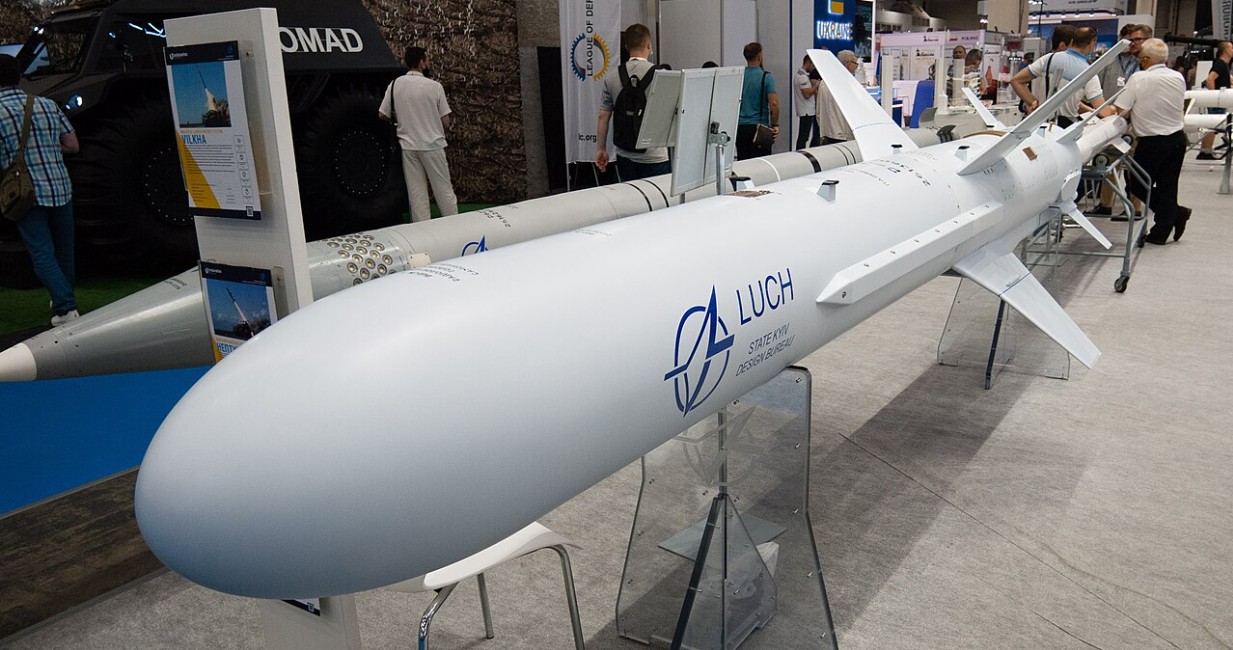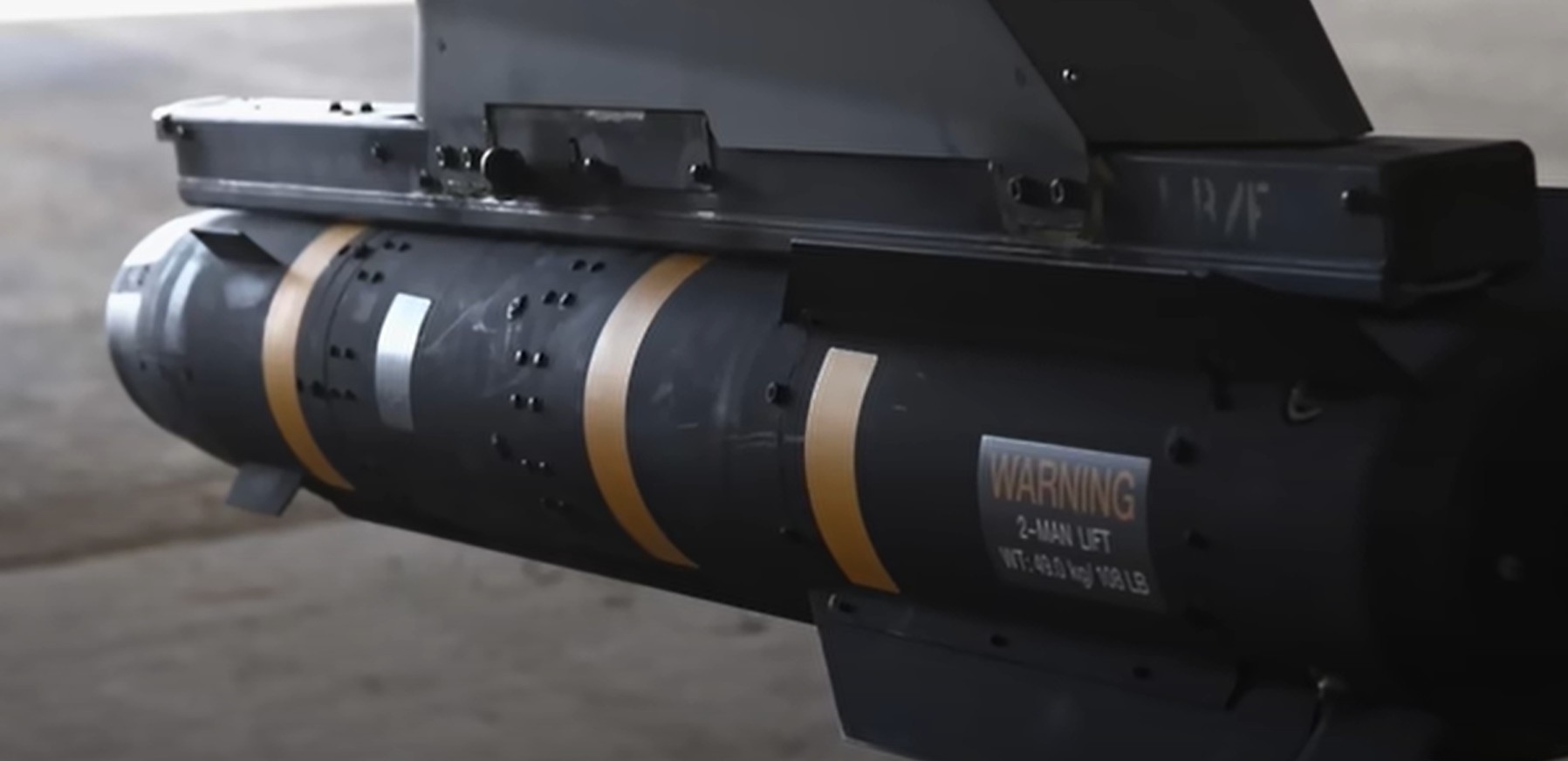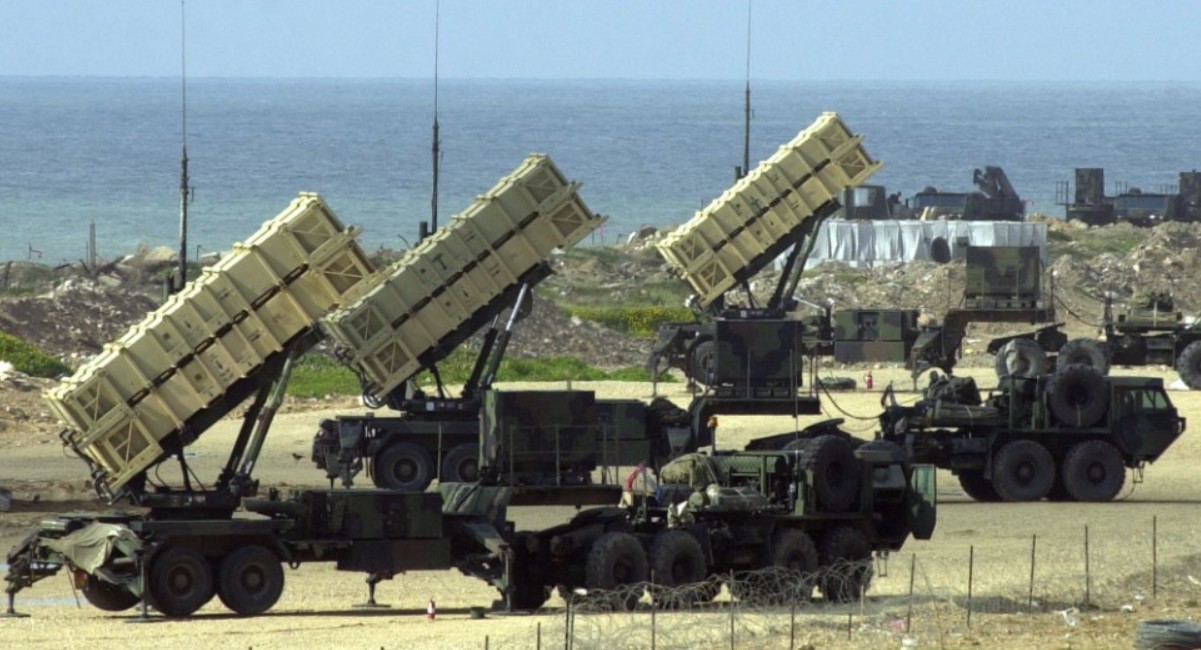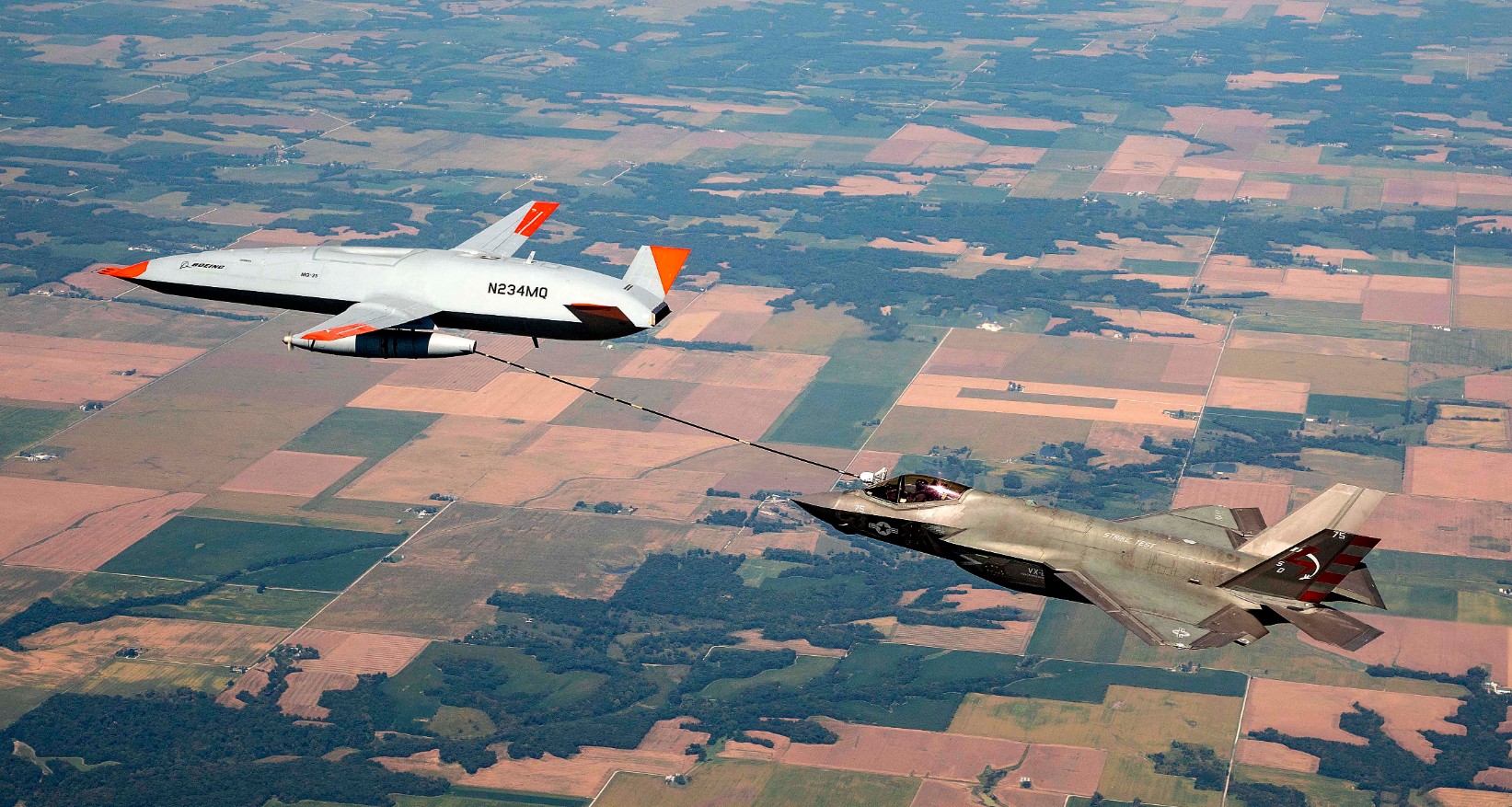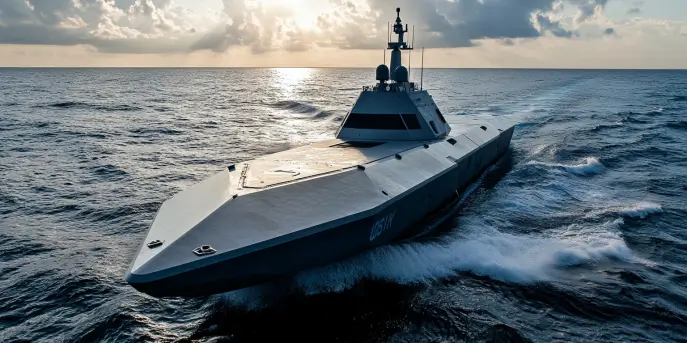In an era where security threats are becoming more sophisticated, the United States has constantly evolved its defense systems to protect its national interests. One of the critical components of its defense strategy is the multi-layered defense system, often referred to as the “Golden Dome.” This system is designed to detect, intercept, and neutralize a wide range of aerial threats, including ballistic missiles, cruise missiles, and unmanned aerial vehicles (UAVs). The US multi-layered defense system is a testament to the country’s commitment to maintaining technological superiority in military defense.
What is the Golden Dome?
The term “Golden Dome” is colloquially used to describe the United States’ sophisticated network of defense technologies that form various protective layers. Each layer serves a specific function aimed at defending against a particular type of threat. By integrating multiple technologies, the system ensures a comprehensive cover against a spectrum of attacks.
Layers of Defense
The United States’ multi-layered defense system is composed of several critical layers, each designed to address different types of threats and ensure redundancy:
1. Early Warning Systems
The first line of defense consists of early warning systems. These systems are equipped with advanced radar and satellite technologies that help in the detection of potential threats at great distances. The Space-Based Infrared System (SBIRS) is a significant part of this layer, offering global surveillance for missile launch detections.
2. Ground-Based Interceptors
The Ground-based Midcourse Defense (GMD) system forms the second layer. It is primarily focused on intercepting ballistic missiles in the mid-course phase of their trajectory. Located mainly in Alaska and California, GMD is essential for defending against intercontinental ballistic missiles (ICBMs).
3. Aegis Ballistic Missile Defense
Positioned on naval vessels, the Aegis Ballistic Missile Defense system adds versatility to the defense strategy. Aegis-equipped ships can be strategically located in international waters to intercept medium to intermediate-range ballistic missiles, providing a movable defense perimeter.
4. Terminal High-Altitude Area Defense (THAAD)
The THAAD system is another layer focused on intercepting short to intermediate-range ballistic missiles during their terminal phase. Its high-altitude operational capability enables it to intercept threats before they reach populated areas.
5. Patriot Missile Systems
This is the final defensive layer, traditionally used for low to medium-altitude missile interception. Patriot systems are also employed in the defense against aircraft and cruise missiles, leveraging their ability to rapidly adapt to various threats.
Technological Advancements
Technology plays a crucial role in the effectiveness of the Golden Dome. Advances in radar technology, artificial intelligence, and cyber defenses continually enhance the system. Real-time data processing allows for quick decision-making, which is critical for responding to multiple simultaneous threats.
| System | Range | Focus |
|---|---|---|
| SBIRS | Global | Missile launch detection |
| GMD | Intercontinental | Ballistic missile interception |
| Aegis BMD | 1500+ km | Medium to intermediate-range interception |
| THAAD | 200 km | Terminal phase interception |
| Patriot | 100 km | Low to medium altitude interception |
International Cooperation
Given the global nature of security threats, international cooperation is imperative. The US works closely with allies like NATO, Japan, and South Korea to integrate and enhance defense systems across nations. Joint exercises and sharing of intelligence are pivotal in preparing for potential threats.
Challenges and Criticism
While the Golden Dome represents advanced defensive capabilities, it is not without its challenges. Critics argue about the high cost of maintaining such systems and their strategic effectiveness against asymmetric threats like cyber-attacks. Additionally, the evolving nature of warfare means constant upgrades and adaptations are necessary to keep the system relevant.
Overall, the Golden Dome remains a crucial component of the US defense architecture. Through innovation and collaboration, it continues to adapt to the changing landscape of global security and ensures a robust shield over America’s interests.

